Maurice Vellekoop was born in Toronto in 1964. After graduating from Ontario College of Art (now OCADU) in 1986, Maurice Vellekoop joined Reactor Art and Design, an agency for illustrators. In a more than thirty-five year career, Maurice Vellekoop has worked for top international editorial and advertising clients, published numerous zines, comics and books, created art for animation, and participated in art shows around the world.
I had the opportunity to interview Maurice, which you can read below.
First of all, welcome to Geeks OUT!
Thanks, what a pleasure to talk to you!
What can you tell us about your new graphic novel, I’m So Glad We Had This Time Together: A Memoir? What inspired you to create this project?
My graphic memoir operates on two levels: on one it’s a fairly straightforward story of a queer person growing up in an intensely Protestant community, and the resulting rift between a son and a loving mother who can’t accept her son’s sexuality because of her beliefs. On another it’s about a lifelong love affair with making art and delighting in cinema, books, music and theatre. It’s about the intense joy that can be found in art, but also the pitfalls of sublimation. That is, trying to find sexual and emotional fulfilment in fantasy and culture, rather than actual human relationships.
I was inspired to create this book, to paraphrase Quentin Crisp, for three reasons: I needed the money, I felt I had something unique to say, and it was something to do to pass the time!
How did you find yourself getting into storytelling, especially comics/graphic novels and memoir?
I was never a huge comics nerd as a child. I liked Mad magazine, and Illustrated Classics, but I was not into superheroes at all. In the 1980s I discovered RAW magazine and it blew my mind. I started drawing comics because of artists like Joost Swarte, Charles Burns, Sue Coe, Mark Beyer and Jerry Moriarty.
How would you describe your artistic background?
I grew up in a house where art was revered. My parents had an art library that I grew up studying. I learned art history from a very young age by looking at picture books. Later I went to art school for illustration, inspired by older my sister, Ingrid. I idolized her. She wanted to be an illustrator, so I did too. Since graduating from Ontario College of Art (as it was known then) in 1986 I have worked mostly as an illustrator. I published short comics and zines in my spare time. The graphic memoir is my first full-length work.
As a creative, who or what would you say are some of your greatest creative influences and/or sources of inspiration?
I get inspiration from nearly everything! I love just walking down the street and observing how people present themselves visually. Beyond that I love and am inspired by the classic New Yorker cartoonists like Charles Addams, Mary Petty and Peter Arno. Classic Hollywood has always influenced me; everything from really cynical black and white film noir, to the saturated colours and high camp drama of 1950s Douglas Sirk ‘women’s pictures’. As a young man I gorged on world cinema from the 20th century in Toronto’s rep theatres. Fellini, Visconti, Renoir, Bunuel, Ray and Antonioni are my gods. I listen to a lot of opera while I’m working too, I love getting lost in long, dramatic music-narratives. I’m sure opera has informed my work. Figuring out how the composer tells the story in music is more exciting to me than the singing!
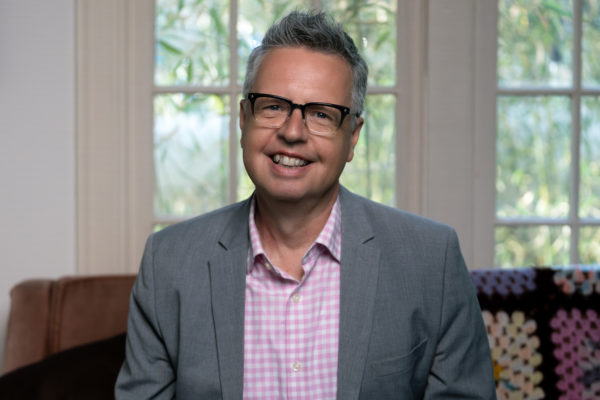
Growing up, were there any stories in which you felt touched by/ or reflected in? Are there any like that now?
If you mean was there a lot of queer examples around, hmm, not really, you really had to dig to find them, and they weren’t usually very positive. What I did have were all the 1960s and 70s supernatural TV sitcoms, with their casts of freakish outsiders. Shows like The Addams Family, The Munsters, Bewitched and I Dream of Jeannie were inspirational because of all the outrageous situations, and the idea that the weirdos were the normal ones, and normal people were dull and boring. Oh, those fabulous character actors too!
The first positive representation of a healthy, self-accepting gay man I encountered was Michael York’s character in Cabaret. My sister took me to see it when I was around sixteen and I still treasure everything about that film. Today we are so lucky to have so much great LGBTQ2S material, thriving despite all the book-banning.
Besides your work, what are some things you would want readers to know about you?
Ha! Audiences will find out plenty when they read the book!! Seriously though, I am a very dull, old, happily partnered person who is very fortunate to be able to go to my table every day and make art.
What’s a question you haven’t been asked yet but wish you were (and the answer to that question)?
What’s with the colour in your book? Why are some of the chapters in a limited palette, and some in full colour?
“I’m So Glad” you asked me that! The limited palette refers to my childhood consumption of children’s books. I bitterly resented books that were printed in duotone because I thought the publishers were just being cheap, and I only wanted to experience the richness of full-colour printing. As a grownup I now love the look of those books, and so most of the chapters are in two-colour. Also, a large part of the book deals with depression, and the world can seem flatter and less colourful when you are depressed. The full-colour pages occur whenever something really great occurs, just like when Dorothy lands in Munchkinland in The Wizard of Oz.
Finally, what LGBTQ+ books/authors would you recommend to the readers of Geeks OUT?
Hmm, taste is so personal, and as someone intensely fascinated by history, I tend to skew to writers from the past. I reread Noel Coward’s and Tennessee Williams’s stories regularly. I love Christopher Isherwood, who wrote Goodbye to Berlin, which Cabaret is based on. Cecil Beaton is a personal hero, his diaries are wicked fun. More contemporarily, I love Edmund White, Alan Bennett and and Jeanette Winterson. Lauren Hough’s recent essay/memoir book made me laugh and cry. Oliver Sacks’s On The Move was fantastic. The writer Colm Toibin is a great favourite. In comics I love the incomparable Alison Bechdel, as well as Jillian and Mariko Tamaki.
I would strongly suggest to every queer person that they read a biography of Oscar Wilde. (I love the Richard Ellmann one.) Not only will you be entertained by Wilde’s wit and seduced by his charm, but you will discover the roots of modern queer activism. His sensational trial for sodomy, and his passionate, public defence of homosexuality shone a light on what was, in the late 19th century, an illegal and secretive world. His imprisonment and early death were the tragic consequences of the cost of his sacrifice. It would be decades before the sodomy laws would be abolished, in the UK and elsewhere, and many more gay men would suffer, but we all owe a great debt to Oscar. He was one of our first heroes.

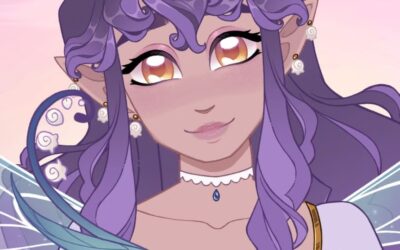
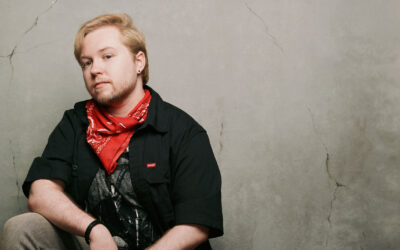
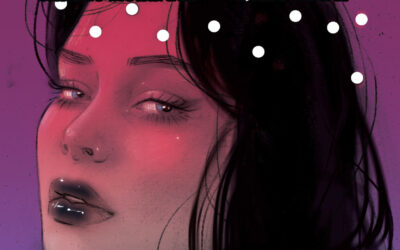
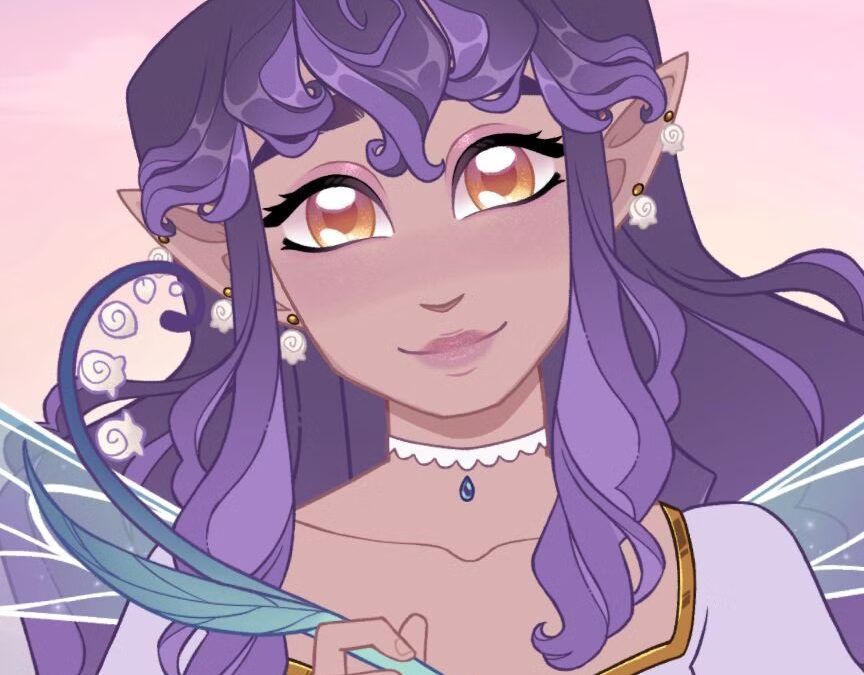
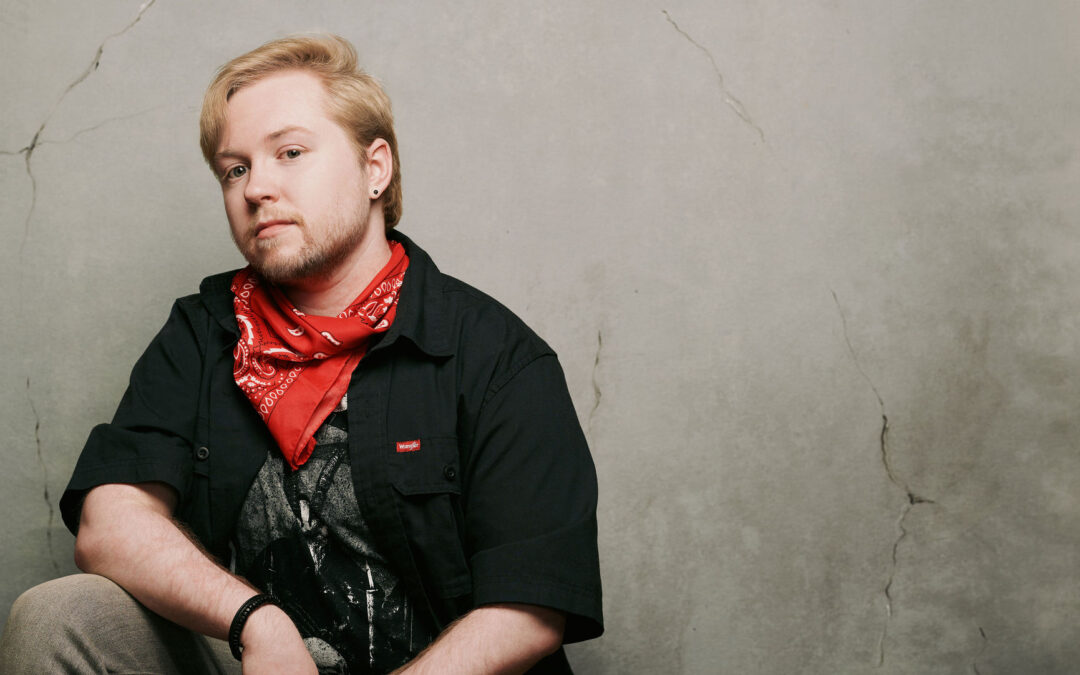
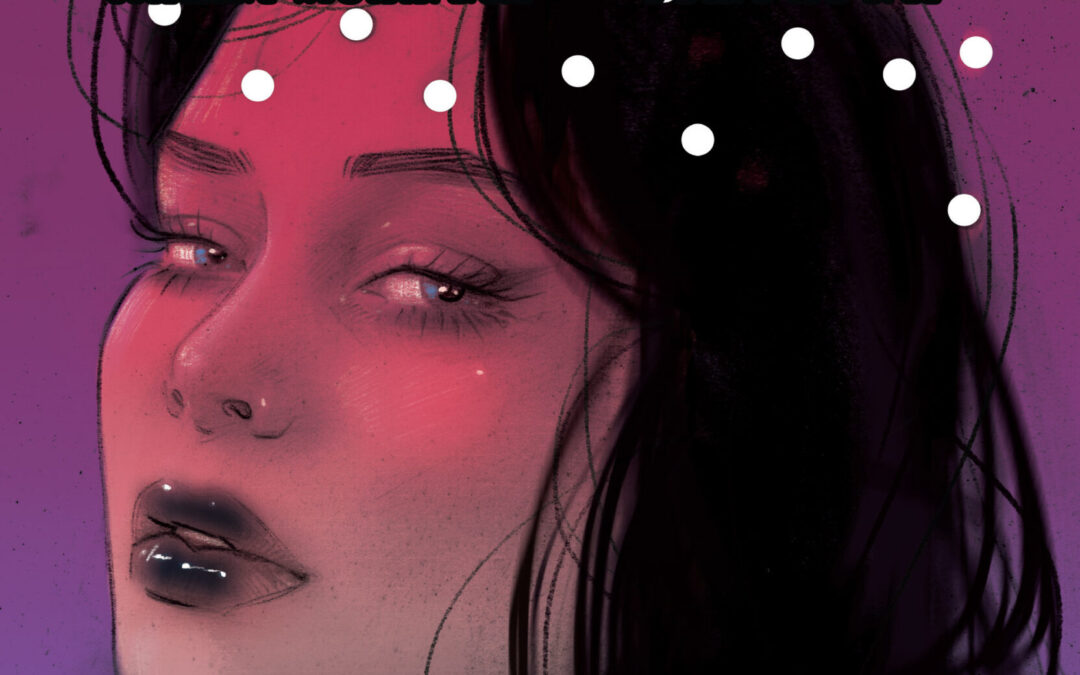
0 Comments